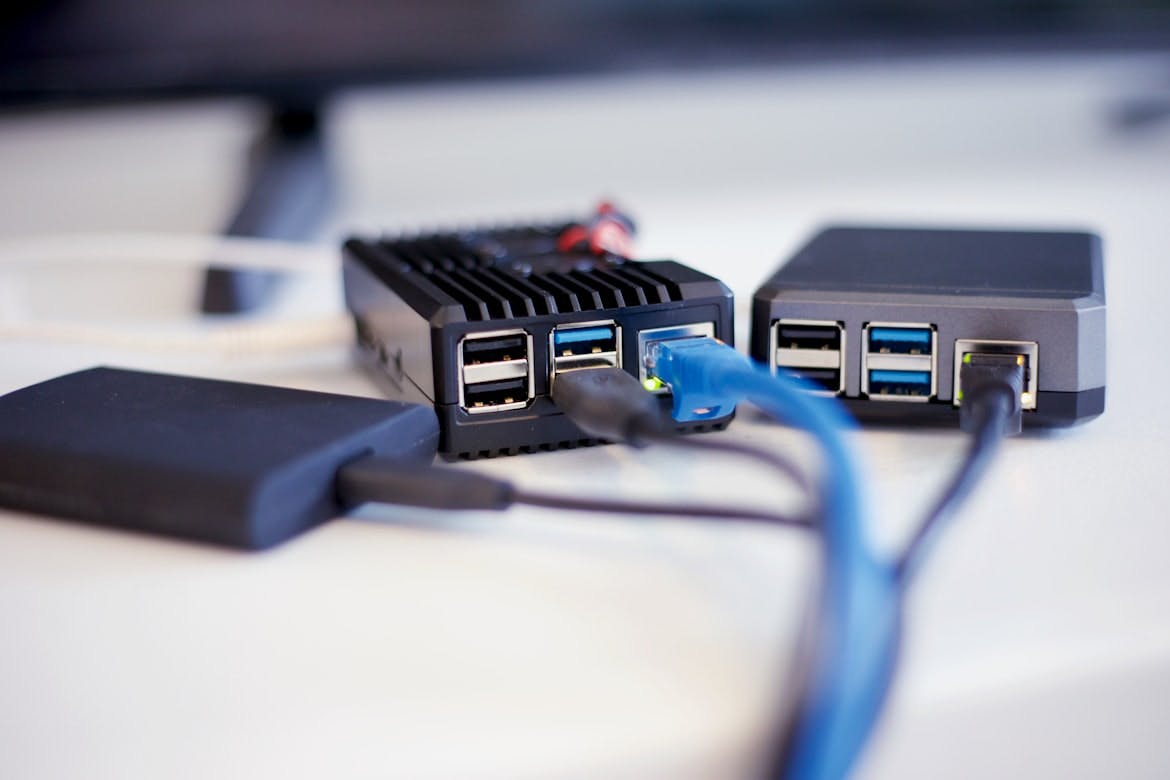
Virtual Machine Networking
R
Virtual Machine Networking
Host-only networking
The virtual machines will be able to talk to each other and the host system. However, the virtual machine will not be able to talk to anything on the external network. This is called host-only networking on other virtualization software such as VirtualBox
Internal networking
The virtual machines will talk to each other, but not to the physical host or the outside network. This is called internal networking by other virtualization software such as VirtualBox.
Bridged networking
With bridged networking, the virtual network adapter in the virtual machine connects to a physical network adapter in the host system. The host network adapter enables the virtual machine to connect to the LAN that the host system uses. Bridged networking works with both wired and wireless host network adapters. The virtual machines will talk to any machine on your network and is exposed to the internet directly, much the same as plugging it directly into your router or physical switch with a cable or connecting to your wireless router.
Understanding Common Network Configurations
Bridged Networking
Bridged networking connects a virtual machine to a network by using the network adapter on the host system.
Nat Networking
With NAT, a virtual machine does not have its own IP address on the external network. Instead, a separate private network is set up on the host system. You can have only one NAT network.
Host-Only Networking
Host-only networking creates a network that is completely contained within the host computer.
So which one is right for you?
If you are running a safe VM that you will interact with outside your host network, use Bridged. If you are running a machine that needs internet connectivity but not a connection to other devices on your LAN, use Nat. If you are running an Unsafe VM, say for example a Malware analysis VM, use Host-only networking.